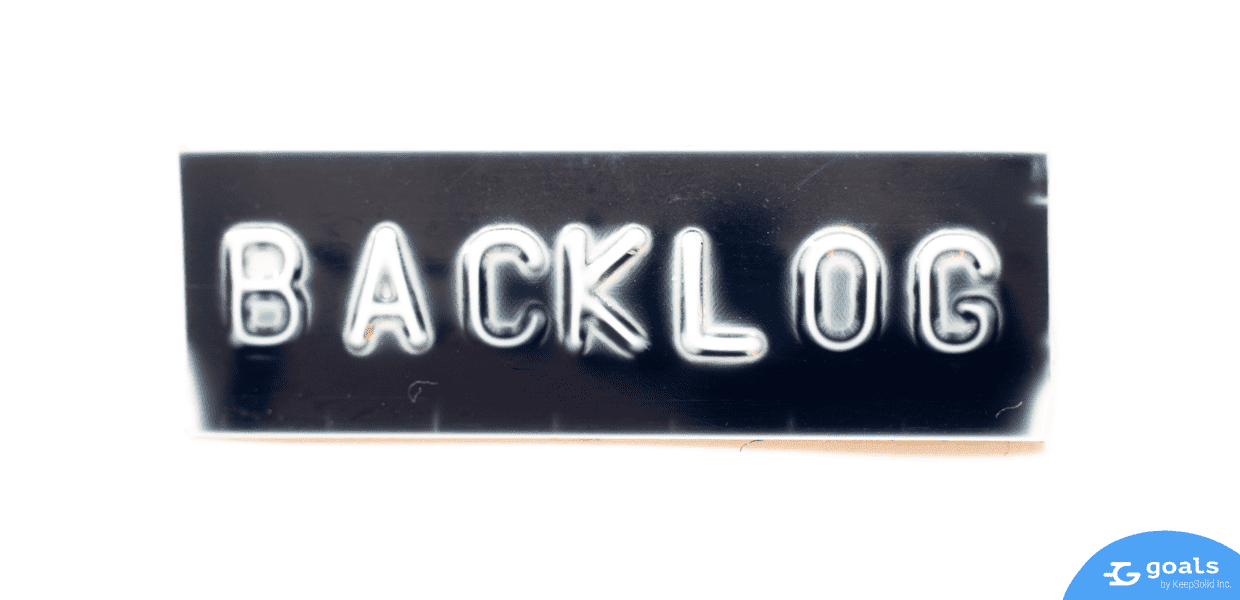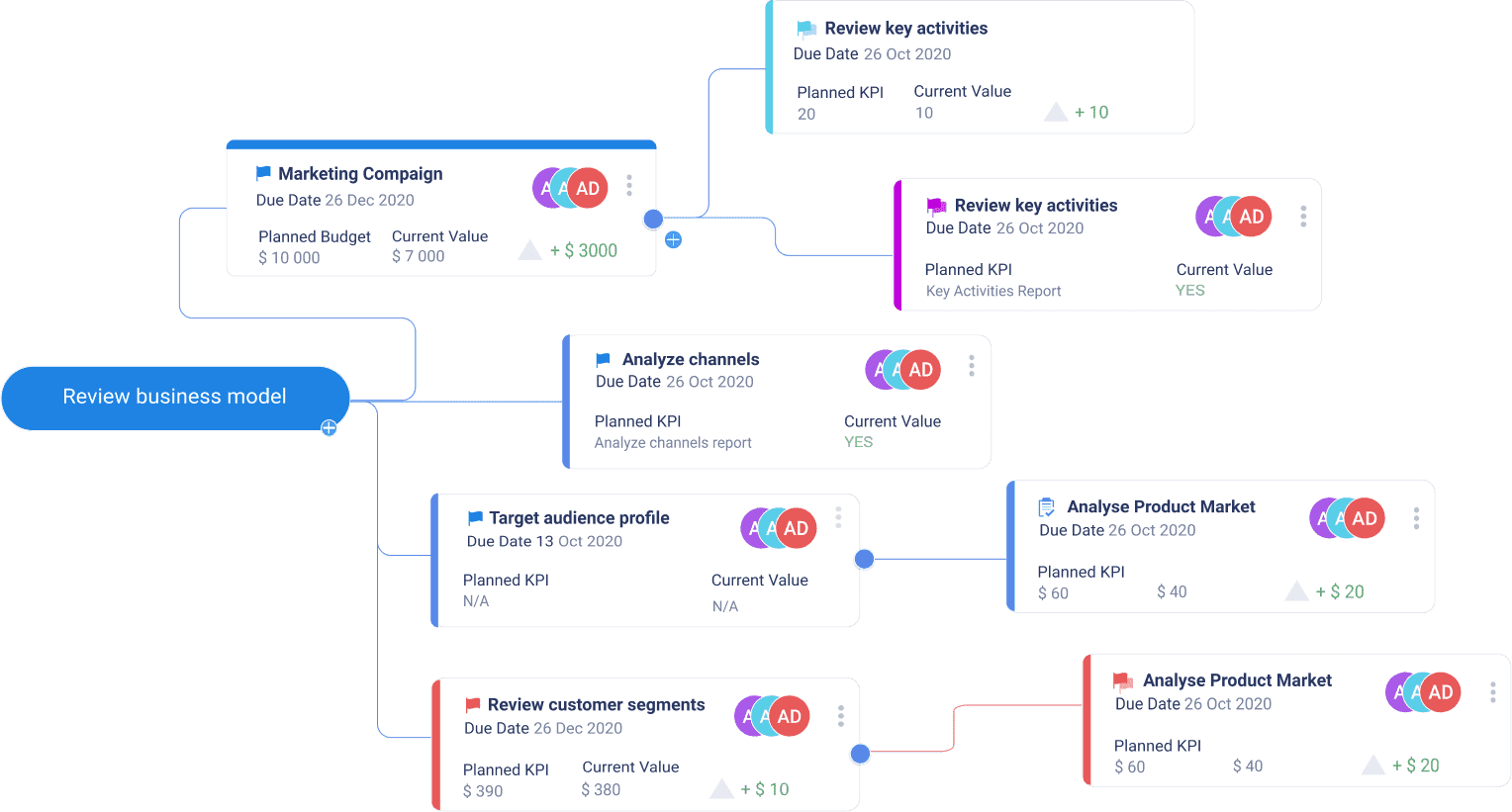What is Backlog Grooming?
Backlog grooming, which is presently known also as backlog refinement is a practice of reviewing the backlog by the product owner and the team to select the important work items, prioritize them by moving to the top of the backlog, and to remove all unimportant stories and tasks.

Backlog refinement is an official Agile ceremony that occurs periodically either as a regular scheduled meeting or just as an ongoing activity. It is usually done by the Product Owner – the person responsible for owning and maintaining the backlog – in a collaborative effort of the whole team. Besides, backlog grooming is often facilitated by the Scrum Master, the Product Manager, or other team members. Other people that can be seen at grooming sessions are product managers or other representatives of the product team, architects or lead engineers, representatives of customer support, and QA.
Backlog grooming tasks
Backlog grooming sessions are focused on several activities:
- Eliminating irrelevant user stories, for example stories that no longer fit the direction of the product development;
- Adding new user stories to adjust the product to newly discovered requirements or to incorporate new features;
- Continuous reassessing of the stories priorities to ensure that the important tasks are always at the top of the backlog and have maximum visibility;
- Assessing and updating estimates to stories according to the received information;
- Splitting stories that are too large to estimate accurately into smaller work items.
Best practices
- Come prepared for the session. Before backlog refinement, the team should make sure they clearly see the value in the stories they are advocating, and that they take into consideration stakeholders’ and customers’ needs.
- Categorize and label backlog items: with having different kinds of items, including user stories, feature requests, bugs, improvements, etc. the backlog will become more manageable, and critical items will gain visibility.
- Define criteria to prioritize backlog items that will become the basis for shared items qualities, such as objective, value, priority level, and estimate.
- Make the backlog DEEP (detailed appropriately, estimated, emergent, and prioritized), as suggested by Roman Pichler in his book “Agile Product Management with Scrum”.
Backlog grooming benefits
The ultimate goal of the grooming/refinement sessions is to make sure that the backlog keeps only items that are relevant, up-to-date, and prioritized. A backlog is a dynamic collection of information that is subject to change, but to be able to move forward, it is critical to have a sufficient number of tasks that are ready to be tackled in the next few iterations.
In other words, grooming sessions
- Keep the backlog clean, that is manageable and easy to track input received from different teams;
- Keep the backlog relevant, sufficiently documented, and prioritized based on the stakeholders’ needs, so that the most urgent and important tasks are attended first;
- Maintain the team’s communication and collaboration, since everyone is on the same page regarding the expected workload, as well as existing bugs, new initiatives, and desired features;
- Boost the team’s velocity by getting them focused on what is important and distributing tasks among all team members.



